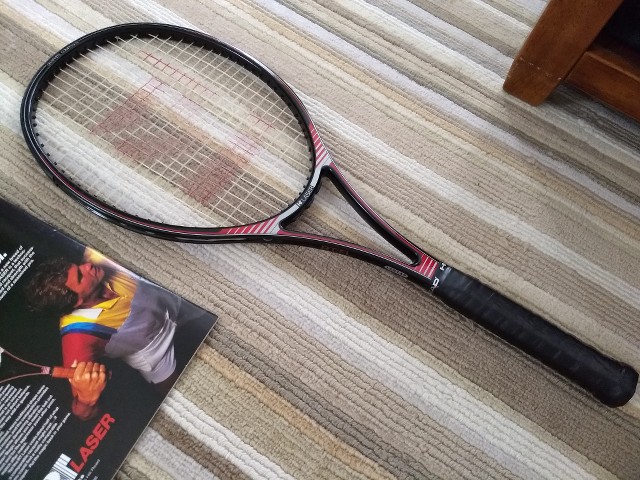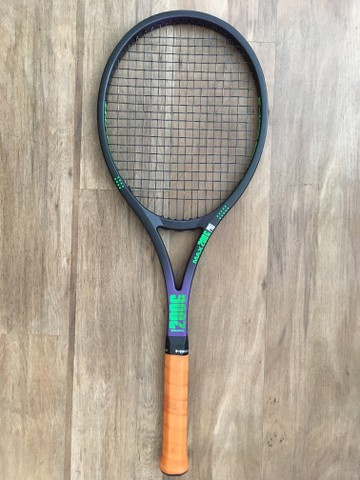You are a materials scientist, so you are probably familiar with Wood's metal, or Cerrobend, which was the alloy used in this production method. Yes, it does indeed contain Pb, in addition to Sn, Bi and Cd, and definitely isn't an environmentally friendly material. However, the alloy was recycled within the production process, so the pollution aspect was more or less contained. An argument could even be made that this method of production was more environmentally friendly than hand-laid frames, because the process of making carbon fiber prepregs can be quite polluting as well. Part of the reason Kunnan Lo was able to make racquets so cheaply (and siglehandedly turn Taiwan into the global hub of racquet manufacture within less than a decade) was that he made his own prepregs using an incredibly unhealthy solvent-based process that would never have been allowed by OSHA here, at least not without some expensive equipment and protocol to protect the workers, none of which existed in Kunnan's factory at the time.
The reason the molten nylon didn't melt the alloy during the injection process was that it cooled down very quickly as it polymerized. The amount of heat transferred to the alloy core was easily absorbed by the latter without bringing it to its melting temperature. The mold also acted as a heat sink, optimized to allow the substrate to flow freely just long enough to fill the voids evenly, but not so long that the core would start to melt before the polymerization takes place.
Incidentally, there were several other efforts to make injection-molded racquets by various manufacturers in the US and Europe starting in the early '70s, but only Dunlop was successful in theirs (up to a point) because they took this mechanically complicated and somewhat expensive approach, which was developed in the early '50s and patented in the UK in 1960. The application was certainly novel and unique, but the technology itself was already two decades old by then, so Dunlop's engineering work focused more on frame architecture and production optimization than on the injection process per se.
If you look in the archives, you'll see many earlier threads where these frames were discussed, including illustrations of the internal beam architecture that made them so special (it looks like VS just reposted some of them here as I'm typing). One poster even had an unfinished racquet that still had the alloy inside, which weighed a ton.
 ) and need some encouragement (or discouragement) from the community.
) and need some encouragement (or discouragement) from the community.




